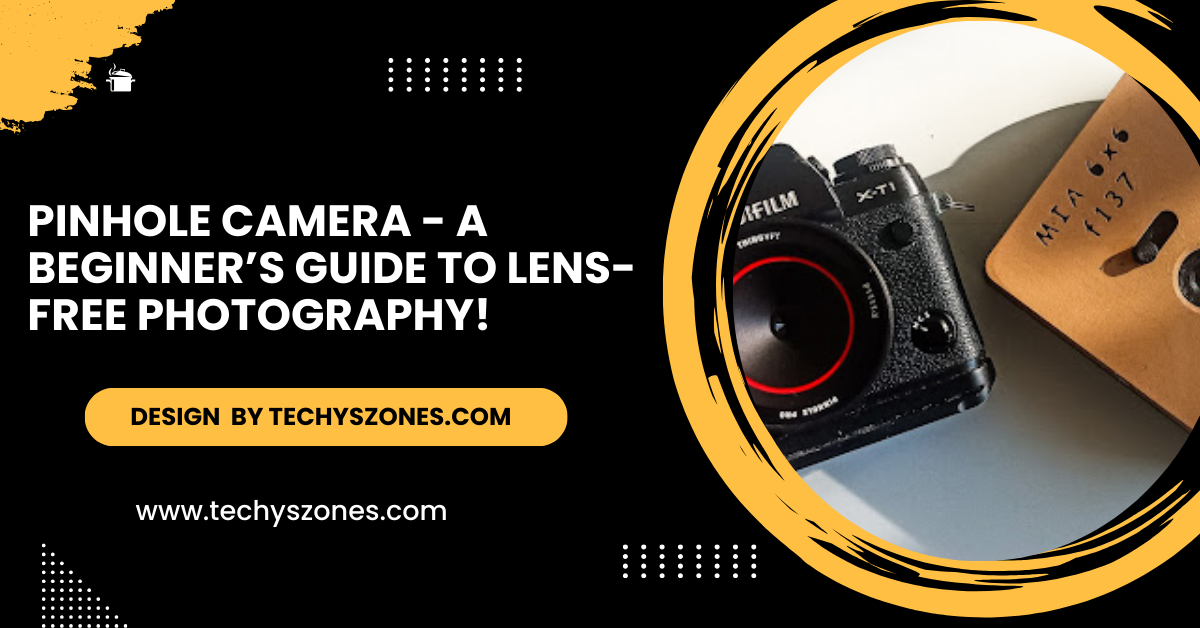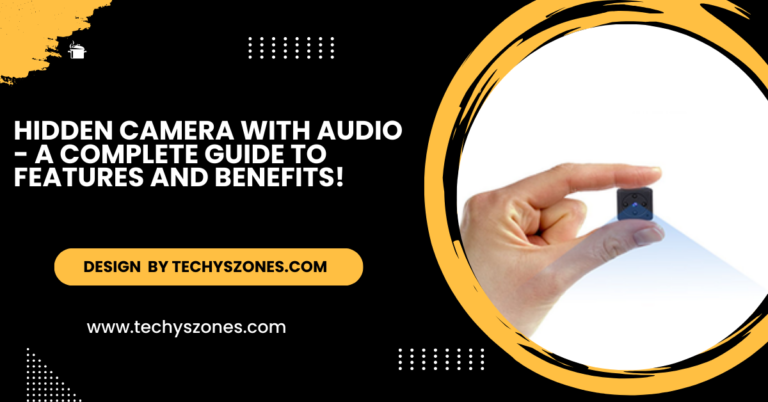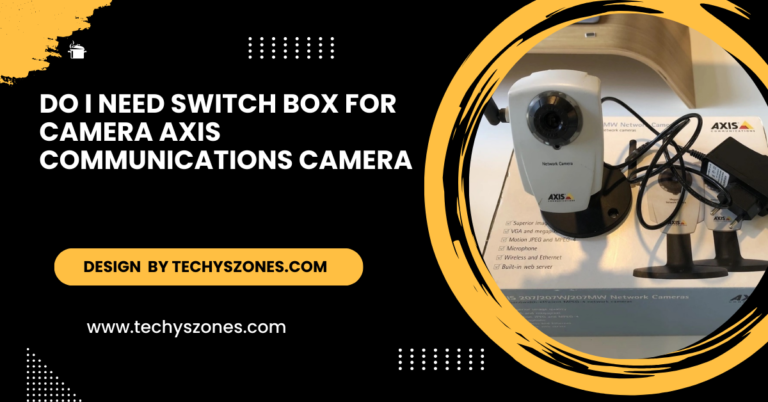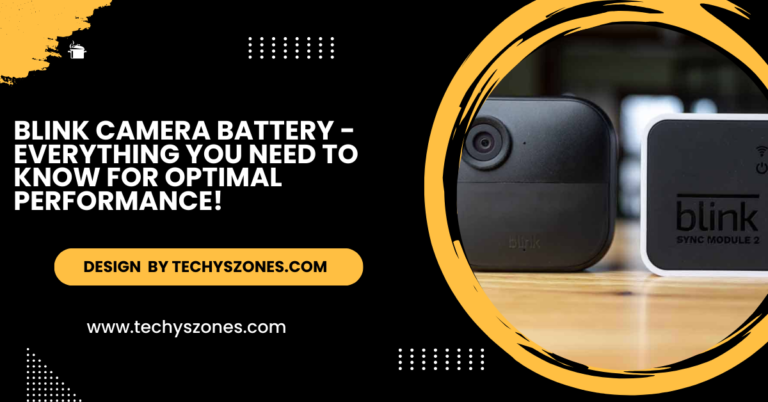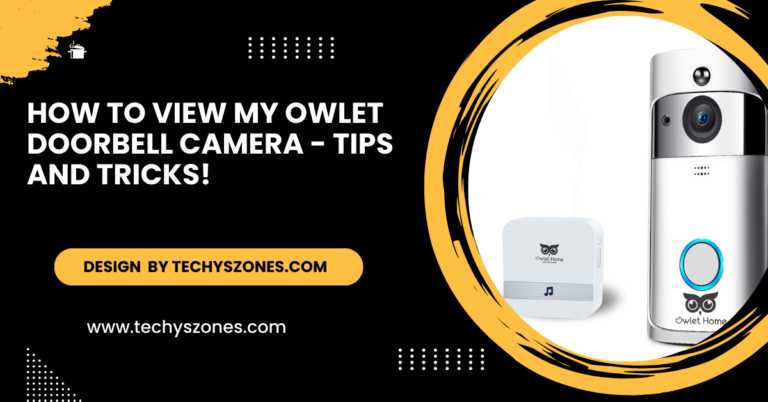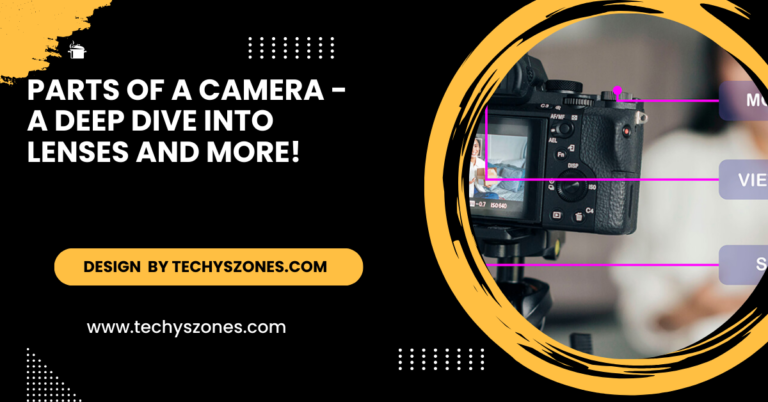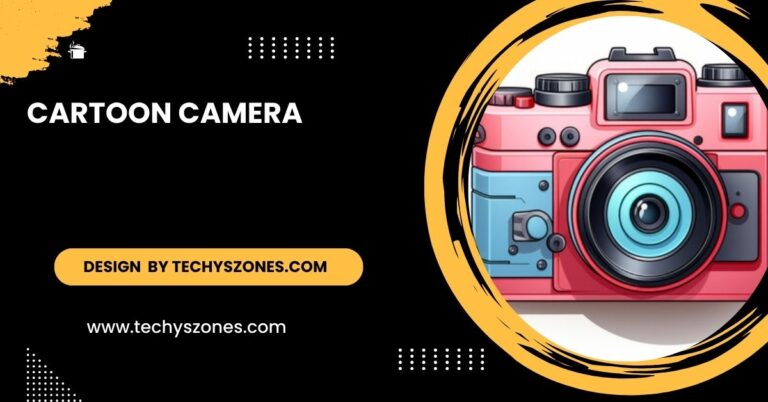Pinhole Camera – A Beginner’s Guide to Lens-Free Photography!
A pinhole camera is a simple, lens-free device that projects an inverted image through a tiny hole, valued for its educational uses and artistic image effects.
In this article, we explore the rich history of the pinhole camera, tracing its origins from ancient Chinese and Greek scholars to its impact on the evolution of modern photography.
What is a Pinhole Camera?
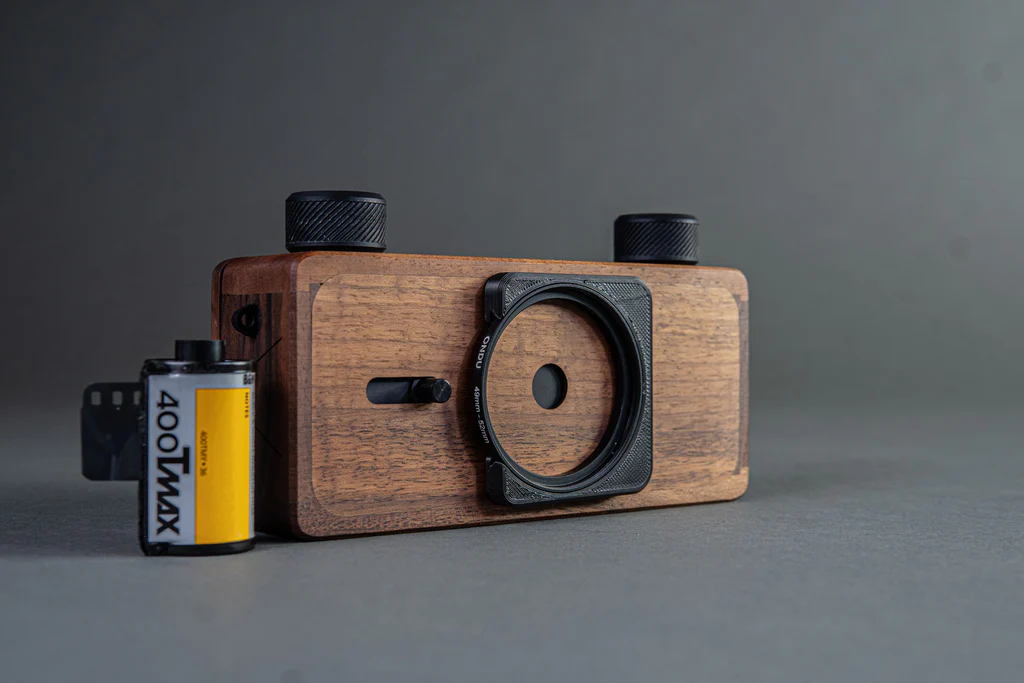
A pinhole camera is one of the simplest forms of cameras, operating without a lens and relying on a tiny hole to project an image onto a surface inside a dark enclosure. Despite its simplicity, the pinhole camera captures images that can be remarkably sharp and clear. It works on the principles of light travel and optics, where light from a scene enters through a small opening and projects an inverted image on the opposite wall of the box.
The History of the Pinhole Camera:
The concept of the pinhole camera dates back thousands of years. Ancient Chinese and Greek scholars observed how light passing through a small hole could project an image on a surface, leading to the development of the “camera obscura” or “dark chamber.”
This discovery laid the groundwork for modern photography, as it demonstrated that light can be manipulated to create images. Artists in the Renaissance era, including Leonardo da Vinci, used the camera obscura as a drawing aid, furthering the pinhole camera’s cultural and artistic influence.
How Does a Pinhole Camera Work?
Unlike traditional cameras with lenses, a pinhole camera is made from a lightproof box with a tiny aperture on one side. Here’s a step-by-step breakdown of its workings:
- Light Entry: Light from an external scene enters the camera through the pinhole.
- Image Projection: Due to the small aperture, light travels in straight lines, projecting an inverted image onto the interior surface opposite the hole.
- Exposure: Since the hole is tiny, it allows only a small amount of light, requiring longer exposure times to create a visible image.
Also Read: Flock Camera – The Future of Surveillance Technology!
Key Features of a Pinhole Camera:
Despite its basic design, a pinhole camera has several unique features that set it apart:
- Wide Depth of Field: Pinhole cameras capture images with a wide depth of field, meaning everything from the foreground to the background is in focus.
- Distortion-Free Images: Because there’s no lens distortion, the images have a unique, undistorted perspective.
- Soft Focus Effect: The small aperture often creates a soft, diffused look, giving the images an ethereal quality.
- Long Exposure Times: The pinhole camera typically requires longer exposure times, which can create beautiful, motion-blurred images.
DIY Guide: How to Make Your Own Pinhole Camera
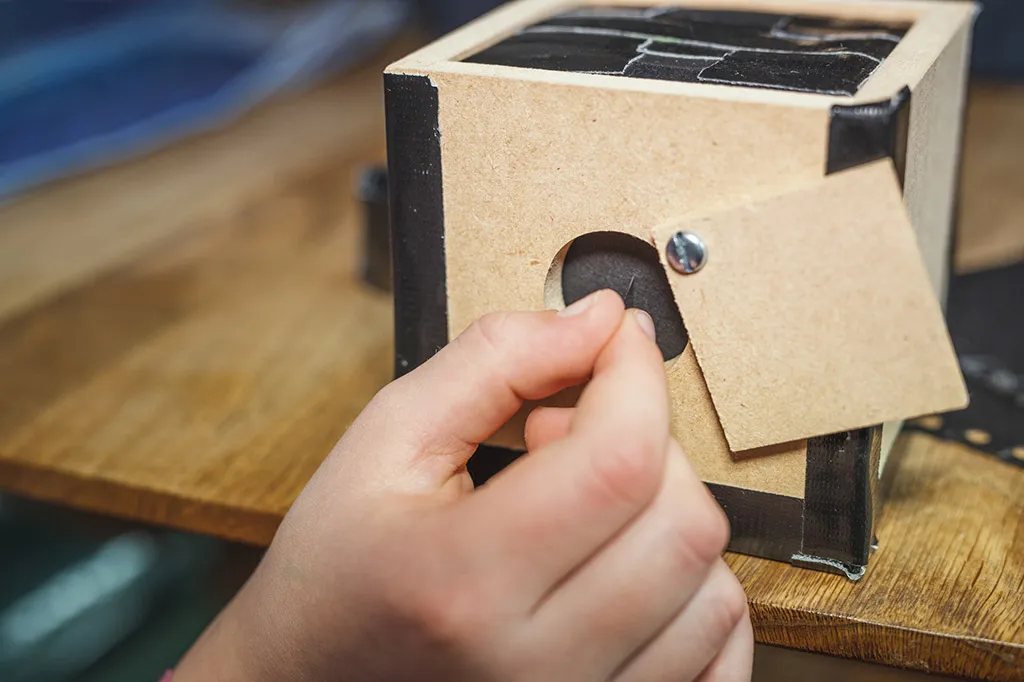
Making a pinhole camera at home is a fun, educational project that requires minimal materials. Here’s how you can create one:
- Gather Materials: You’ll need a lightproof box (like a shoebox), aluminum foil, black tape, scissors, and a small piece of film or photo paper.
- Create the Pinhole: Cut a small square in the center of one side of the box. Cover the hole with a small piece of aluminum foil, then carefully pierce a tiny hole in the foil using a pin or needle.
- Install Film or Photo Paper: Tape a piece of film or photo paper to the inside wall, directly opposite the pinhole.
- Seal the Box: Make sure there are no light leaks. Tape the box securely to keep it dark inside.
- Take a Photograph: Point your pinhole camera at a scene, cover the hole, and then uncover it for a set period to expose the film or paper. Exposure times can vary from a few seconds to several minutes, depending on lighting.
Pinhole Photography Tips:
To get the best results from your pinhole camera, consider the following tips:
- Experiment with Exposure Times: Test different exposure times to achieve the right brightness for your images. Sunny conditions need shorter exposures, while overcast days may require longer.
- Steady the Camera: Since exposures can be lengthy, keep your pinhole camera on a stable surface or use a tripod to avoid blurring.
- Choose Interesting Subjects: Subjects with strong lines or textures, such as buildings or landscapes, often work well with the soft focus of pinhole photography.
Modern Uses of Pinhole Cameras:
While pinhole cameras are simple, they are still used today for a variety of applications:
- Educational Projects: Many schools use pinhole cameras in science and art classes to teach students about light, optics, and the basics of photography.
- Artistic Photography: Some photographers create entire portfolios using pinhole cameras, exploring unique perspectives and creating vintage-style images.
- Solar Observations: Pinhole cameras are also used to safely observe solar phenomena, like eclipses, without damaging the viewer’s eyes.
Also Read: Camera Emoji – Tips for Creators and Influencers!
Comparison of Pinhole Cameras and Modern Cameras:
While modern cameras offer advanced technology, pinhole cameras provide a distinctive photographic experience. Here’s how they differ:
| Feature | Pinhole Camera | Modern Camera |
| Lens | No lens, uses small pinhole | Has lenses with various focal lengths |
| Focus | Infinite depth of field | Selective focus based on lens settings |
| Image Quality | Soft focus, long exposures | Sharp, high-resolution images |
| Light Requirements | Long exposure due to low light | Quick exposure, works well in low light |
| Cost | Very low, DIY potential | Can be expensive |
FAQ’s
1. What is a pinhole camera?
A pinhole camera is a simple camera without a lens, using a tiny hole to project an inverted image onto a surface inside a lightproof box.
2. How does a pinhole camera work?
Light from an outside scene enters through a small hole, projecting an inverted image onto the opposite side of the camera’s interior.
3. What are the key features of a pinhole camera?
Pinhole cameras have infinite depth of field, no distortion, a soft-focus effect, and often require longer exposure times.
4. Why are pinhole cameras used in photography and education?
They offer a minimalist approach to photography, encourage creativity, and serve as educational tools for learning about light and optics.
5. Can I make a pinhole camera at home?
Yes, with basic materials like a light proof box, aluminum foil, and photo paper, you can easily build a DIY pinhole camera.
Conclusion:
In conclusion, pinhole cameras offer a unique, lens-free approach to photography, capturing images with simplicity and charm. They serve as valuable tools in both artistic expression and educational settings, allowing users to explore the fundamentals of light and optics. Despite their simplicity, pinhole cameras continue to inspire creativity and fascination in modern photography and science.

